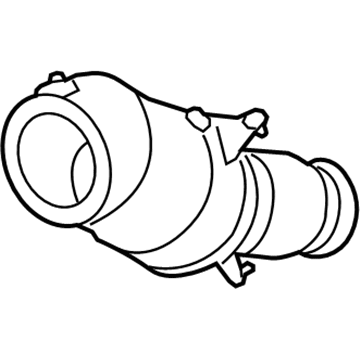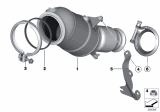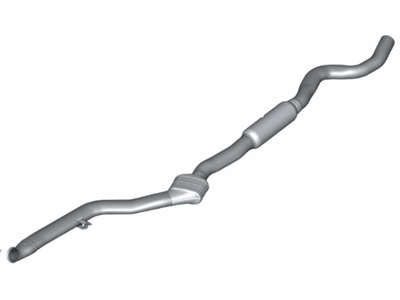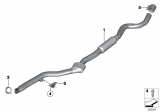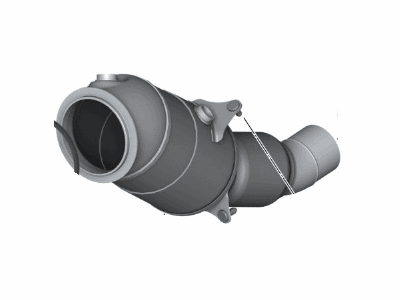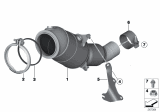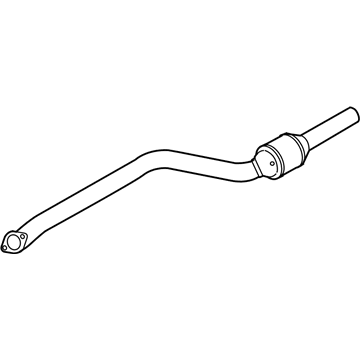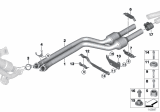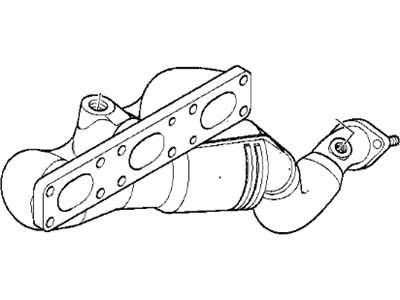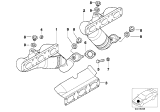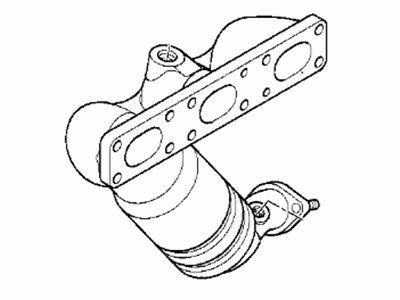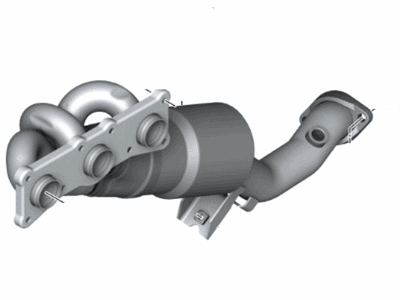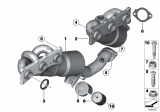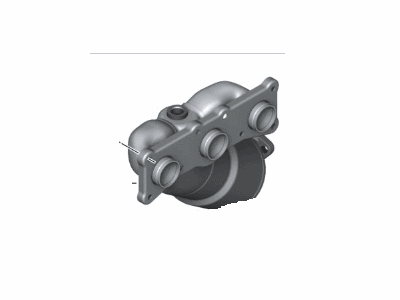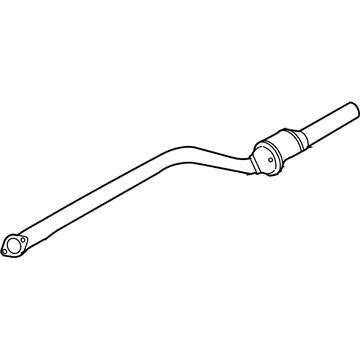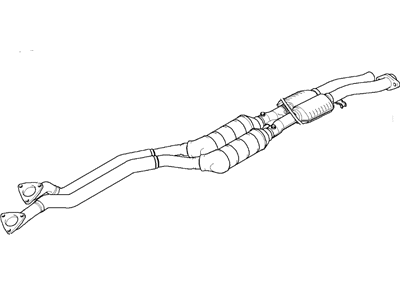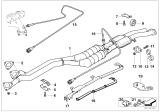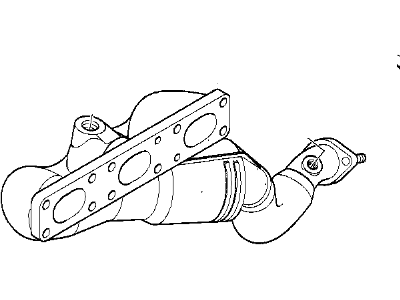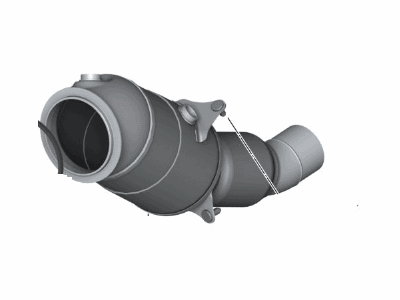×
- Hello
- Login or Register
- Quick Links
- Live Chat
- Track Order
- Parts Availability
- RMA
- Help Center
- Contact Us
- Shop for
- BMW Parts
- BMW Accessories

My Garage
My Account
Cart
Genuine BMW 328i Catalytic Converter
Cat. Converter- Select Vehicle by Model
- Select Vehicle by VIN
Select Vehicle by Model
orSeries
Model
Year
Select Vehicle by VIN
For the most accurate results, select vehicle by your VIN (Vehicle Identification Number).
21 Catalytic Converters found
BMW 328i Exchange Catalytic Converter Close To Engine
Part Number: 18307607665$1344.72 MSRP: $1705.06You Save: $360.34 (22%)Ships in 1-3 Business DaysBMW 328i Catalytic Converter Center
Part Number: 18307633119$2810.73 MSRP: $3623.21You Save: $812.48 (23%)Ships in 1-3 Business DaysBMW 328i Exchange Catalytic Converter Close To Engine
Part Number: 18327645666$1344.72 MSRP: $1705.06You Save: $360.34 (22%)Ships in 1-3 Business DaysBMW 328i Catalytic Converter
Part Number: 18307566938$1409.88 MSRP: $1790.32You Save: $380.44 (22%)Ships in 1-3 Business DaysBMW 328i Catalytic Converter
Part Number: 18307544510$1409.88 MSRP: $1790.32You Save: $380.44 (22%)Ships in 1-3 Business DaysBMW 328i Exchange. Exhaust Manifold With Catalyst
Part Number: 11627503674$3195.01 MSRP: $3782.18You Save: $587.17 (16%)Ships in 1-3 Business DaysBMW 328i Exchange. Exhaust Manifold With Catalyst
Part Number: 11627503675$3496.20 MSRP: $4143.42You Save: $647.22 (16%)Ships in 1-3 Business DaysBMW 328i Exchange. Exhaust Manifold With Catalyst
Part Number: 18407556989$1269.25 MSRP: $1611.26You Save: $342.01 (22%)Ships in 1-3 Business DaysBMW 328i Exchange. Exhaust Manifold With Catalyst
Part Number: 18407556990$1269.25 MSRP: $1611.26You Save: $342.01 (22%)Ships in 1-3 Business DaysBMW 328i Catalytic Converter
Part Number: 18307547840$1409.88 MSRP: $1790.32You Save: $380.44 (22%)Ships in 1-3 Business DaysBMW 328i Exhaust Front Muffler And Catalytic
Part Number: 18301744162$5796.33 MSRP: $7819.63You Save: $2023.30 (26%)Ships in 1-3 Business DaysBMW 328i Exchange. Exhaust Manifold With Catalyst
Part Number: 11627503673$3195.01 MSRP: $3782.18You Save: $587.17 (16%)Ships in 1-3 Business DaysBMW 328i RP CATALYTIC CONV.CLOSE TO T
Part Number: 18328607016$1996.47 MSRP: $2557.82You Save: $561.35 (22%)Ships in 1-3 Business DaysBMW 328i Exchange. Exhaust Manifold With Catalyst
Part Number: 18407556504$1269.25 MSRP: $1611.26You Save: $342.01 (22%)Ships in 1-3 Business DaysBMW 328i Exchange. Exhaust Manifold With Catalyst
Part Number: 18407556503$1273.03 MSRP: $1611.26You Save: $338.23 (21%)Ships in 1-3 Business DaysBMW 328i Exchange. Exhaust Manifold With Catalyst
Part Number: 18407563736$1273.03 MSRP: $1611.26You Save: $338.23 (21%)Ships in 1-3 Business DaysBMW 328i Exchange. Exhaust Manifold With Catalyst
Part Number: 18407563737$1273.03 MSRP: $1611.26You Save: $338.23 (21%)Ships in 1-3 Business DaysBMW 328i Exchange. Exhaust Manifold With Catalyst
Part Number: 18407646693$1273.03 MSRP: $1611.26You Save: $338.23 (21%)Ships in 1-3 Business DaysBMW 328i Exchange. Exhaust Manifold With Catalyst
Part Number: 18407646694$1273.03 MSRP: $1611.26You Save: $338.23 (21%)Ships in 1-3 Business DaysBMW 328i Catalytic Converter
Part Number: 18307566937$1409.88 MSRP: $1790.32You Save: $380.44 (22%)Ships in 1-3 Business Days
| Page 1 of 2 |Next >
1-20 of 21 Results
BMW 328i Catalytic Converter
If you are looking for OEM BMW 328i Catalytic Converter, we highly recommend to shop with us. Not only do we offer budget friendly prices, but we also provide fast delivery. In addition, we have a hassle-free return policy on all genuine BMW 328i Catalytic Converter that come backed by the manufacturer's warranty.
BMW 328i Catalytic Converter Parts Questions & Experts Answers
- Q: What are some important facts to know about the catalytic converter on BMW 328i?A:The performance of the catalytic converter is monitored by the Oxygen Sensors. When a change in readings occurs between the upstream and downstream sensors, a trouble code should be set that indicates the catalytic converter is not working efficiently. Take the vehicle to a dealer or other qualified shop for analysis. The catalytic converter is a reliable and simple device which needs no maintenance in itself, but there are some facts an owner should be aware of if the converter is to function properly for its full service life. Always keep the ignition and fuel systems well-maintained in accordance with the manufacturer's schedule. If the engine develops a misfire, do not drive the vehicle at all (or at least as little as possible) until the fault is corrected. DO NOT push- or tow-start the vehicle-this will soak the catalytic converter in unburned fuel, causing it to overheat when the engine does start. DO NOT switch oft the ignition at high engine speeds. DO NOT use fuel or engine oil additives-these may contain substances harmful to the catalytic converter. DO NOT continue to use the vehicle if the engine burns oil to the extent of leaving a visible trail of blue smoke. Remember that the catalytic converter operates at very high temperatures. DO NOT, therefore, park the vehicle in dry undergrowth, over long grass or piles of dead leaves after a long run. Remember that the catalytic converter is FRAGILE - do not strike it with tools during servicing work. In some cases a sulphurous smell (like that of rotten eggs) may be noticed from the exhaust. This is common to many catalytic converter-equipped cars and once the vehicle has covered a few thousand miles, the problem should disappear. The catalytic converter, used on a well-maintained and well-driven vehicle, should last for between 50,000 and 100,000 miles - if the converter is no longer effective, it must be replaced. The catalytic converter is integral with the exhaust manifold, and they are replaced as a unit.
Related BMW 328i Parts
Browse by Year
2016 Catalytic Converter 2015 Catalytic Converter 2014 Catalytic Converter 2013 Catalytic Converter 2012 Catalytic Converter 2011 Catalytic Converter 2010 Catalytic Converter 2009 Catalytic Converter 2008 Catalytic Converter 2007 Catalytic Converter 2000 Catalytic Converter 1999 Catalytic Converter 1998 Catalytic Converter 1997 Catalytic Converter 1996 Catalytic Converter
